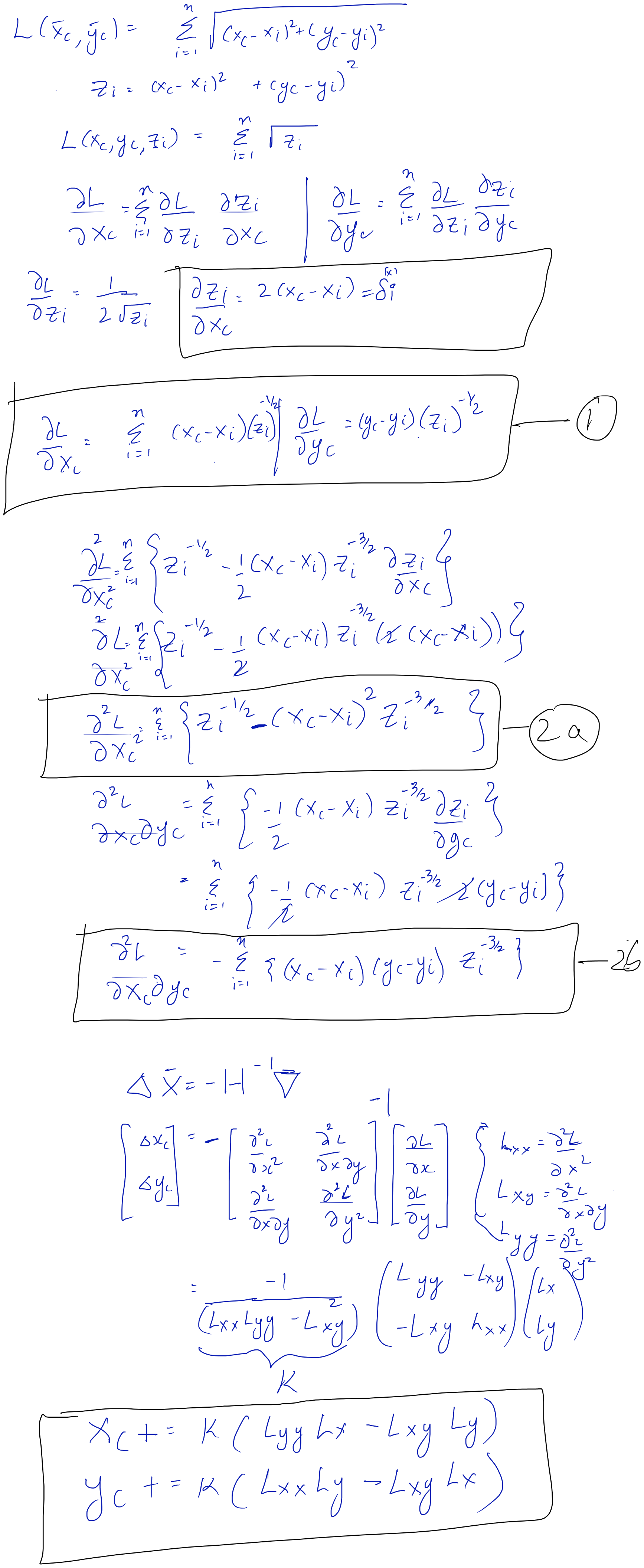Table of Contents
Monotonic stack problems
Examples of such problems
In these problems we are given a list of numbers (int/float) and for each element in this list, we need to know the largest subarray that includes this number such that this number is either the greatest or the smallest in the subarray.
In the Largest rectange in histogram problem, for every element we need to know the largest subarray such that the element is the smallest number in the subarray. In other words we need to know how far can we expand on each side of an element so that all the elements in the subarray are at least this number. These problems can be trivially solved in \(O(n^2)\), by building all possible subarrays. However all of these problems can be solved in \(O(n)\) time using a monotonic stack.
For input nums of length n, The solution approach that I like is to create 3 datastructres.
leftlist of lengthn: Each elementleft[i]contains the index of the nearest element to the left of innums[i]such thatnums[left[i]]is smaller or greater thannums[i]. If we want to keep the invariant thatnums[left[i]+1:i+1]are at mostnums[i], thenleft[i]will contain the index of the nearest element to the left ofnums[i]that is greater thannums[i].rightlist of lengthn: The same but from the right of the array.- Monotonic Stack
stk: Used in the intermediate calculations to buildleftandright. The stack contains theStackItem(index, val). If we want to buildleft[i]orright[i]such that they store the nearest number greater thannums[i]on either side, then we keep the invariant that the largest number is at the bottom of the stack and the smallest number is on the top of the stack. Any time we get a newnums[i]such thatnums[i]is greater than or equal to the top of the stack, keep popping from the stack until you find the first number greater than this number, it’s index willleft[i]orright[i]. If you find a number that is smaller than the top of the stack thenleft[i]will simply the be the index of the element on the top of the stack (because first number larger this number) and we push the current number into the stack.
from collections import deque
import dataclasses
@dataclasses.dataclass
class StackItem:
ix: int
val: int
class Solution:
def maxSumMinProduct(self, nums: List[int]) -> int:
if not nums:
return 0
left_ixes, right_ixes = build_lt_rt_indices(nums)
ps = build_prefix_sum(nums)
max_smp = 0
for lt, rt, num in zip(left_ixes, right_ixes, nums):
# If there is no number smaller than num to the left of num, then the sum
# of the array should simply the prefix_sum[rt-1]. rt-1 because
# nums[rt] < num.
lt_ps = 0 if lt == -1 else ps[lt]
max_smp = max(max_smp, (ps[rt-1]-lt_ps) * num)
return max_smp % (10**9 + 7)
def build_lt_rt_indices(nums):
n = len(nums)
# Stores the index of the nearest number to the left and the right that is
# smaller than this number.
left, right = [None] * n, [None] * n
# Build left indices
stk = deque([StackItem(ix=-1, val=-float('inf'))])
for i, num in enumerate(nums):
while stk[-1].val >= num:
stk.pop()
left[i] = stk[-1].ix
stk.append(StackItem(ix=i, val=num))
# Build right indices
stk = deque([StackItem(ix=n,val=-float('inf'))])
for i, num in reversed(list(enumerate(nums))):
while stk[-1].val >= num:
stk.pop()
right[i] = stk[-1].ix
stk.append(StackItem(ix=i, val=num))
return left, right
def build_prefix_sum(nums):
prefix_sum = [None] * len(nums)
rs = 0
for ix, num in enumerate(nums):
rs += num
prefix_sum[ix] = rs
return prefix_sum
Gradient descent, Newton’s Method: Leetcode #1515
Best Position for a Service Centre
In this problem we are given a list of positions with x, y coordinates. We need to find the point that has the least euclidean distance to all the points. Using vanilla gradient descent solves most test cases. However, to solve all the test cases within the prescibed time we need to use
- Second order approximation with Newton’s Method for the first 1000 steps.
- Gradient descent with a clever learning rate decay schedule.
- Momentum while computing the gradients and hessian.
- And early stopping by comparing the average losses in the last 1000, to the previous 1000 steps.
Given below is the derivation for the step update using the second order approximation or Newton’s method by computing the Hessian.
